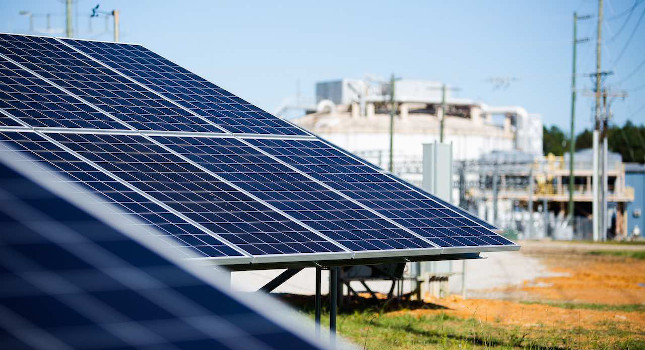An elevated supply of natural gas and increased use of renewables, along with COVID-19 changing everyday life, has made energy prices drop to record lows.

The price of energy is currently at record new lows and its largely in part due to low fuel prices across all sectors. Oil prices remain depressed after a historic crash in the spring. Natural gas (NG) prices were at a 25-year low this summer. Coal prices continue to drop. And finally, the cost of renewable energy technologies also continues to decline.
Why has the price decreased?
A major driving force behind the price decreases is the elevated supply of NG. After the great recession, NG production increased in anticipation of upward global demand. Last year, the U.S. consumed more electricity from NG than ever. However, electric demand in the U.S. dropped by approximately 10% as the COVID-19 pandemic spread. Remote working and business closures meant reduced or no office and factory capacity, which in turn reduced overall electric demand. U.S. gas producers were slow to respond, causing prices to drop more steeply due to high inventory supplies. Wholesale power prices were up to 50% lower than five-year historical averages in some parts of the country.
Similar impacts occurred in the oil market. Over the past decade, oil production increased in anticipation of high demand, however this demand never met expectations. As the COVID-19 pandemic spread, oil demand dropped sharply. Producers simply ran out of storage space for oil. Consequently, oil futures traded in the negative territory for the first time ever. Oil prices have rebounded some since but remain at levels low enough to threaten bankruptcy for oil companies.
The impacts to renewables
The low energy price trend has resulted in a beneficial impact for the renewables markets. As a result of historically low interest rates, technology advancements, and low energy costs, deployment of new renewable technologies has become easier and cheaper. Reduced energy costs have driven a stronger, scaled up supply chain, opening options for power buyers. Last year, the U.S. consumed more energy from renewable resources than coal for the first time in 130 years. A growing supply will continue to push prices down and encourage consumption.
This article originally appeared on Dewberry’s website. Dewberry is a CFE Media content partner.



